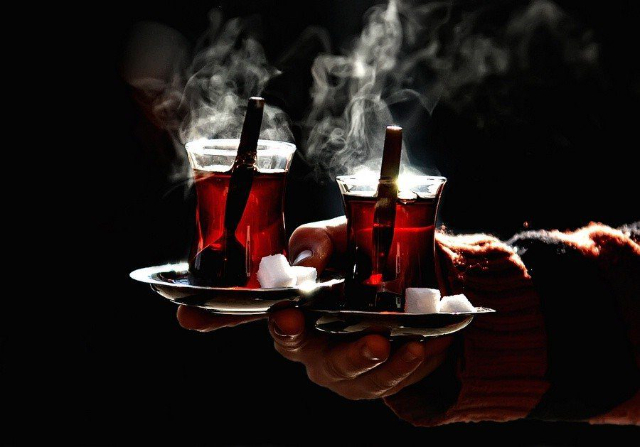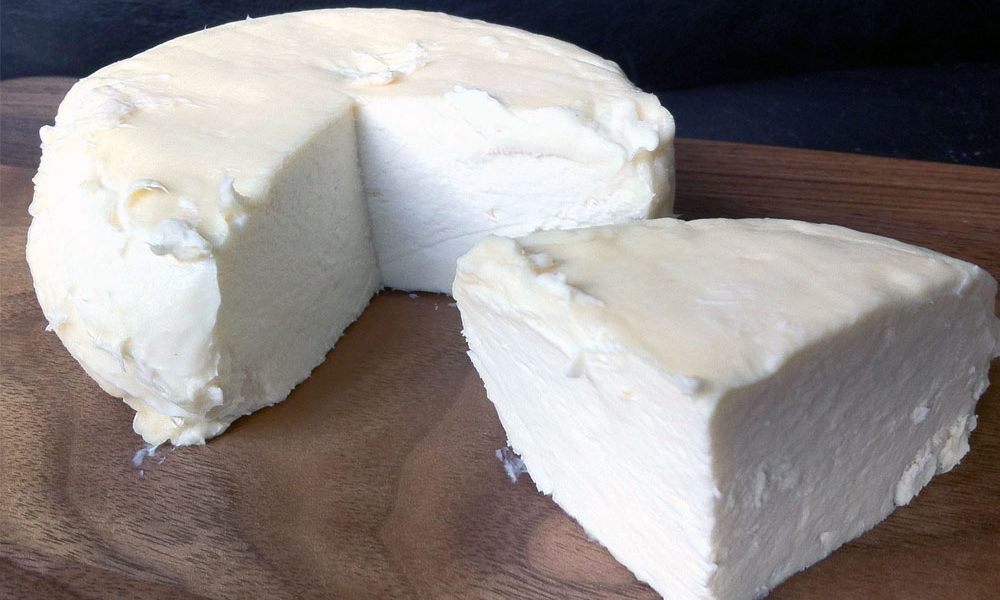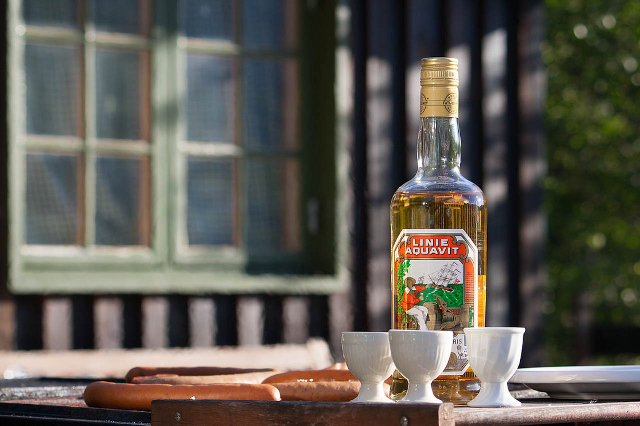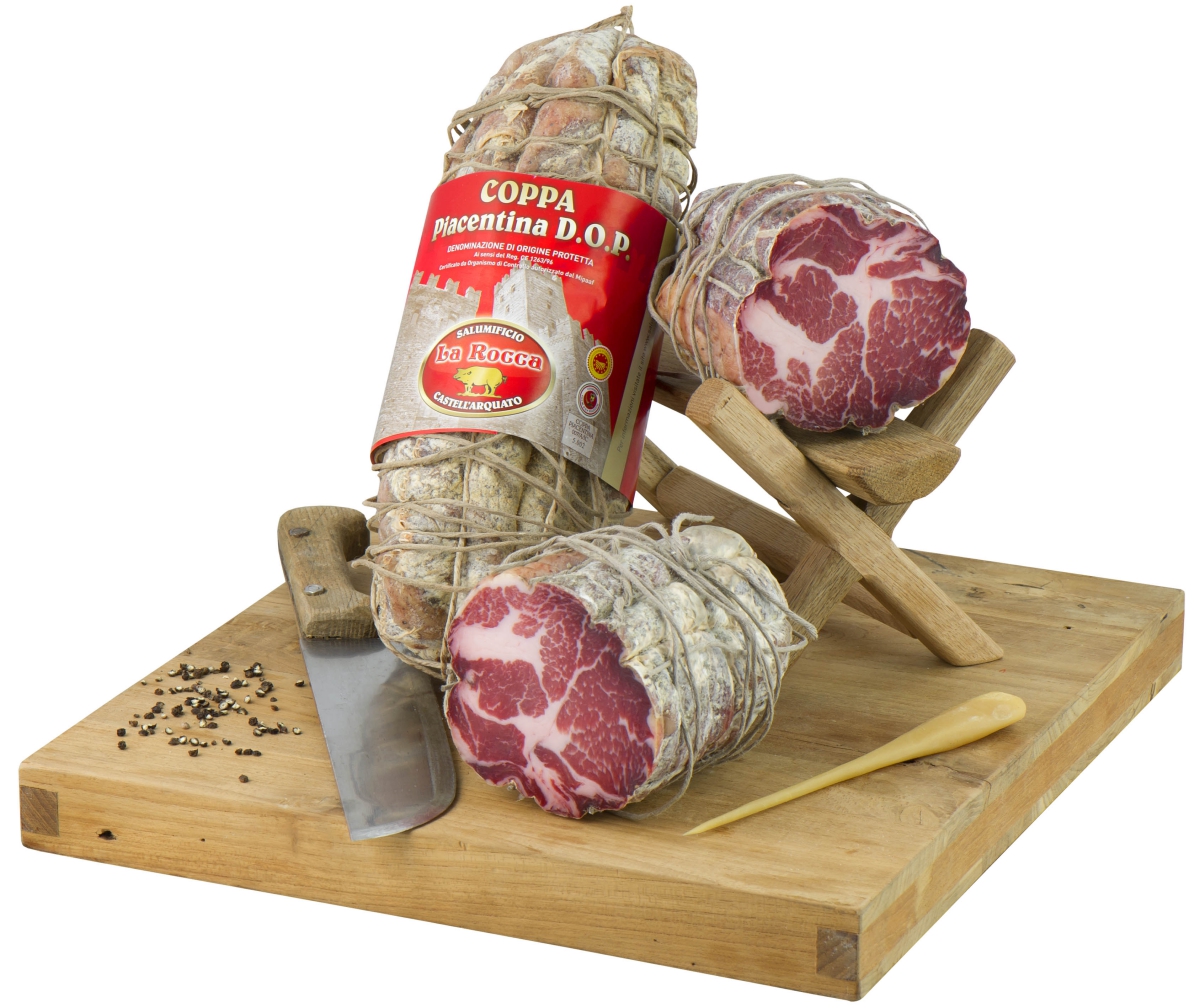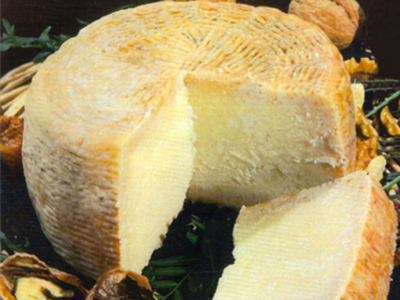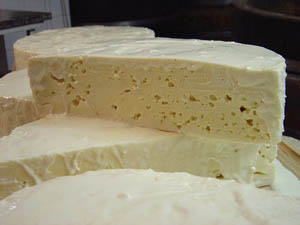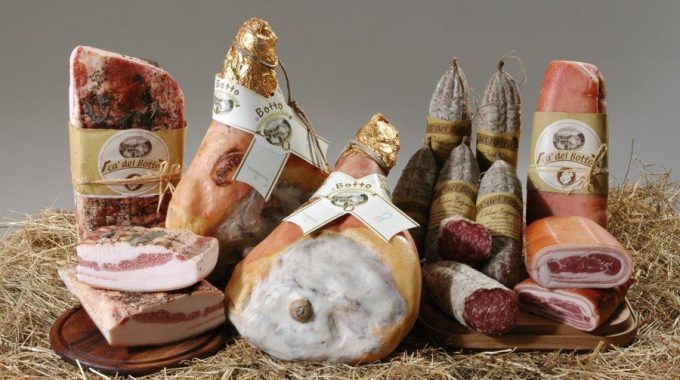Çay, or Turkish tea, is a drink that plays a significant role in Turkish culture and is often considered a symbol of hospitality and conviviality.The history of tea in Turkey begins in the 18th century, when the Ottoman Empire initiated trade relations with China, which was known for growing and producing tea. Tea initially arrived in Turkey via the Silk Road and soon became a popular beverage, especially among the Empire’s elite.During the 19th century, the Ottoman Empire began growing tea in its northern regions, such as Rize on the Black Sea, where the climate and soil were favorable for its cultivation. This led to the domestic production of Turkish tea and solidified its importance in Turkish culture.The way tea is prepared and served in Turkey is unique and distinctive. Black tea leaves are boiled in a special samovar called "çaydanlık," which consists of two overlapping parts. In the lower part the water is boiled, while in the upper part the tea leaves are steeped. The infusion is then diluted with boiling water from the lower part of the samovar, resulting in a drink that is balanced in terms of strength and flavor.Turkish çay is served in small tulip-shaped glasses, often placed on a copper or silver tray. It is usually offered in abundance and its sharing is an act of generosity and welcome. It is common to see groups of people gathering to share a cup of tea, discuss and socialize.An interesting tradition related to çay is the "chai-khana" or tea house. These are places where people gather to drink tea, discuss, play board games, or just relax. Chai-khana are important gathering places in Turkish culture where people of all ages and backgrounds can share moments of conviviality.Çay is so deeply rooted in Turkish culture that it has become an essential part of daily life. It is consumed at all times of the day, often accompanied by sweet delicacies such as baklava or simits.If you have the opportunity to visit Turkey, don’t miss the chance to enjoy Turkish çay in an authentic setting, such as a chai-khana or traditional tea house. Savor its richness and get involved in the hospitality and tradition surrounding this drink.I hope this introduction to the history and culture of Turkish çay has been interesting for you. Enjoy a cup of Turkish tea
